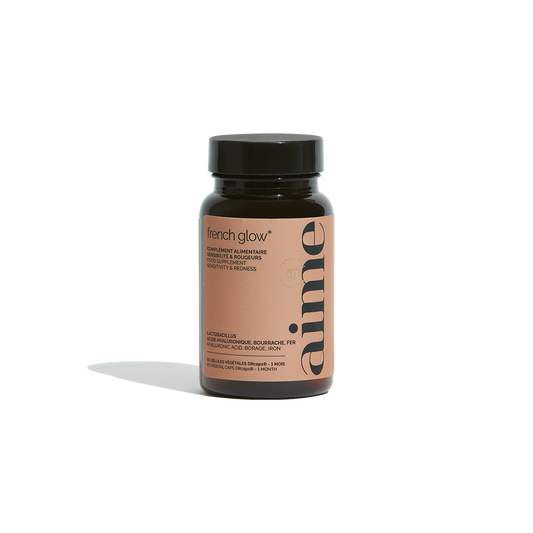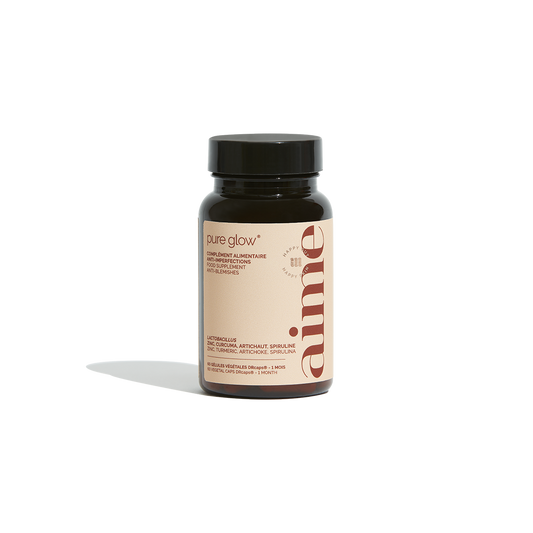Nutrition
Foods containing probiotics: what to put on the menu?
Certain foods are particularly rich in probiotics and prebiotics. Our nutrition expert, registered dietitian Claire Borwin, shares her tips for adding these gems to your everyday menu.
The foods richest in probiotics are fermented foods, such as sauerkraut, kefir, miso soup, kombucha, yogurt, and tempeh. Vegetable pickles are also a good source.
Also make sure to add foods rich in fiber and therefore prebiotics to the menu, which will feed the probiotics and ensure a good overall balance.
On your shopping list:
- whole grains (oats, quinoa, brown rice)
- sourdough bread with wholemeal or semi-wholemeal flour
- legumes (lentils, chickpeas)
- vegetables (leeks, broccoli, cabbage)
- fruits (apple, pear, banana, berries)
“ It’s time to get back to basics by putting fresh produce, seasonal fruits and vegetables on the menu ,” recommends Claire Borwin, nutritionist and dietitian.
Tip #1: Beware of Processed Foods
Processed foods with additives and preservatives cause the most inflammation, leading to waste and metabolic clogging. Also limit red meat and dairy products, which are acid-forming.
Tip #2: Stop inflammation
Long live the omega-3s found in oily fish, camelina oils, and rapeseed oils, which should be consumed daily. They contain essential polyunsaturated fatty acids that are antioxidants and anti-inflammatory.
Tip #3: No limit on raw vegetables
Include vegetables with minerals and prebiotics on your menu several times a day. They contain fiber that helps probiotics feed and regenerate.
Eat a bowlful of vegetables with every meal, including breakfast. This ensures that prebiotics reach the colon intact to nourish the probiotic-rich intestinal flora.
Tip #4: Spice up your day
Turmeric, ginger, and cinnamon are spices that fight bad bacteria and maintain a balanced microbiota. Add them to your protein smoothies or collagen lattes .










